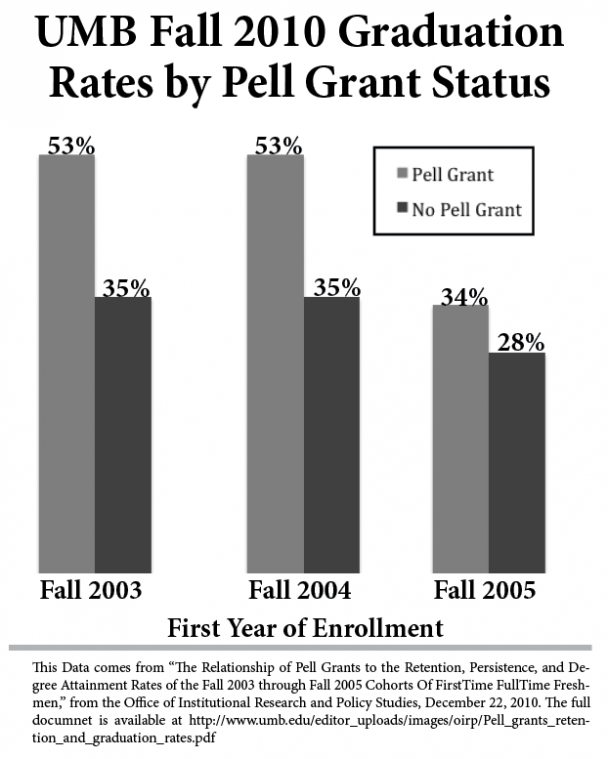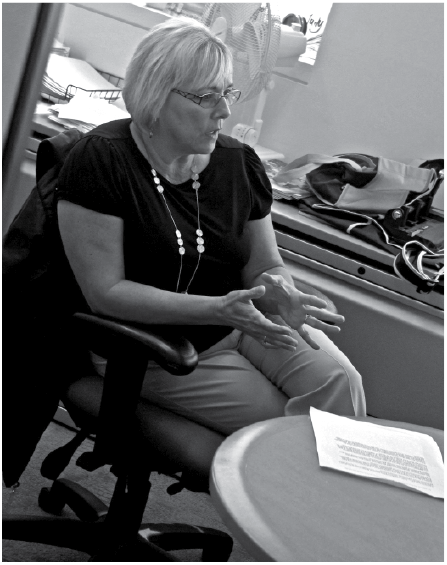Tough economic times mean tough economic decisions. Education funding is often the subject of those decisions. The Budget Control Act of 2011, which settled the debt ceiling commotion on August 2nd, allocates 17 billion dollars to fund the Pell Grant program. The bill will enable the program to continue awarding a maximum of $5,550 for students with the most need.
The Federal Government uses what is known as federal methodology to determine how much aid eligible students can receive. They calculate factors like personal and household income, family size and number of people from that household attending college. They estimate what the individual can contribute financially to their education, and if it’s less than $5,274, the student is eligible for Pell Grant money.
Judy Keyes, Director of Financial Aid Services summed up why the Pell Grant program is crucial.
“Saving the Pell Grant is important because it helps the neediest students. It is the largest Federal Grant program available to students.”
The 17 billion dollars allocated for Pell Grants are funded through a 22 billion dollar cut to student loan subsides and other loan incentives. Future graduate students who apply for government loans will no longer have their interest paid by the government while they are enrolled in classes.
Despite this drawback, many students are happy with the solution. David Vu, a freshman Criminal Justice major who receives Pell Grant benefits and was offered, but denied, government loans, said, “I think it’s going to be very effective for students who can’t afford to pay back loans and the Pell Grants are useful for low income families. It’s less of a burden knowing you do not have to pay it back.” Vu said that if it were not for the Pell Grant he would not be able to afford his education.
Snezhana Sharapova, a freshman Biology major, received both Pell Grant funding and took out loans but shared Vu’s viewpoint on grant money. “Not everybody can pay back loans, so it’s best to have free money up front, and they don’t need to pay it back.”
Without Pell Grant funding Sharapova said she would have had to take out more loans to pay her tuition, and ultimately get into debt.
41 percent of students at UMB receive some amount of Pell Grant funding; Financial Aid Services Director Judy Keyes explained what the impact of losing the Pell Grant program would be on the University.
“You would see a lot of students having to take out a lot of loans, going into high debt. The university would have to carefully consider whether or not it could cover the loss of Pell Grant funding either through school loans or scholarships. It would likely mean that a lot less people could afford to attend UMB or any school.”
Keyes is reasonably happy with congress’s decision. “The precedent has been set that financial aid should be based on financial need and if we are going to tighten our belts at least we are still providing funding to those who need it most.”
Judy Keyes is the Director of Financial Aid Services.






















































